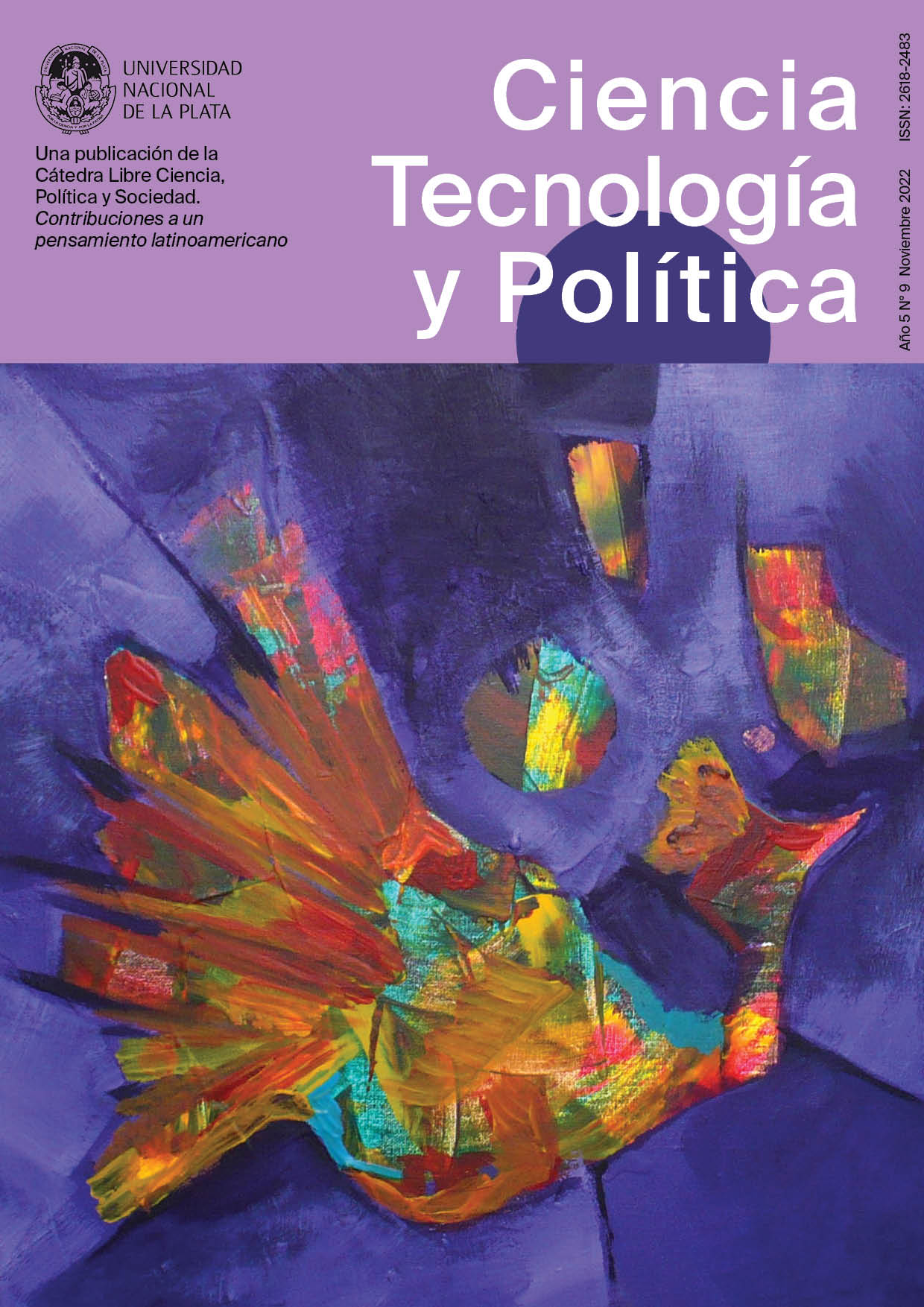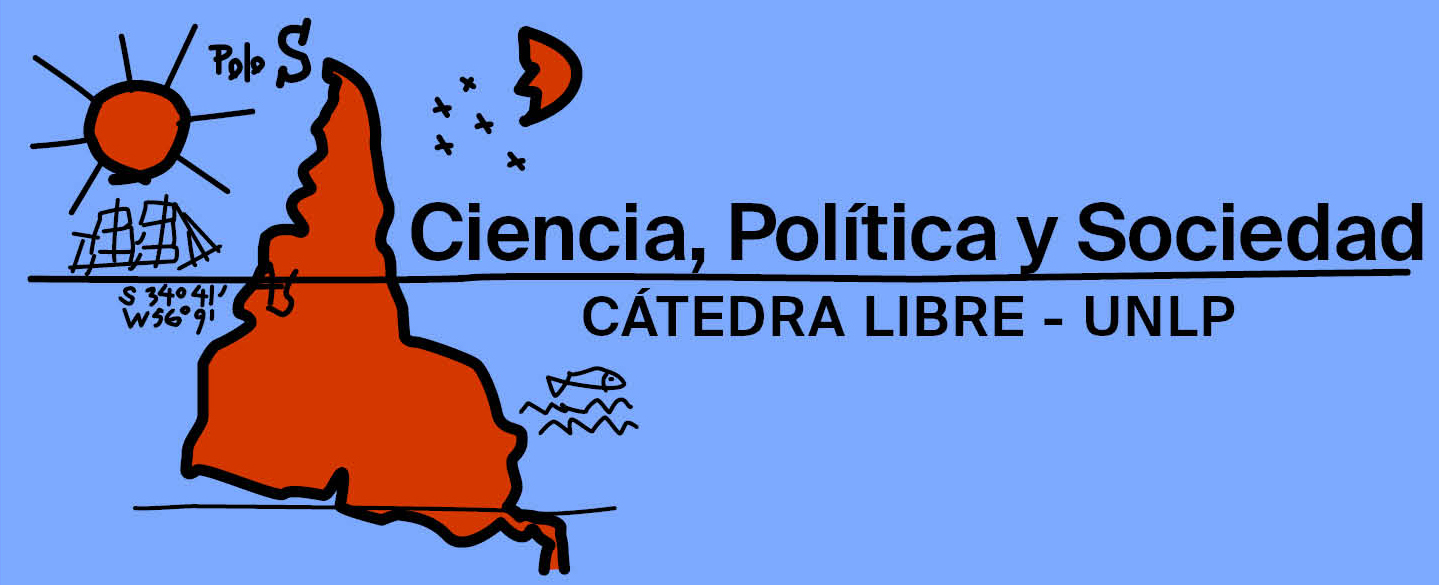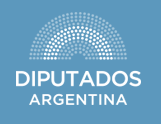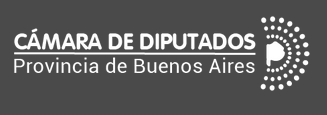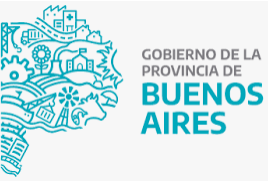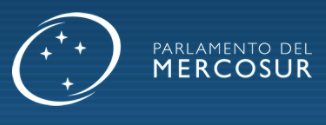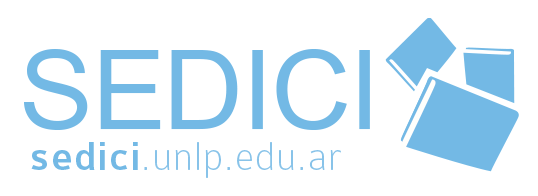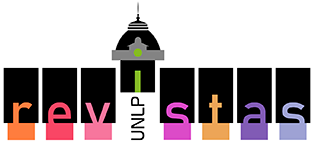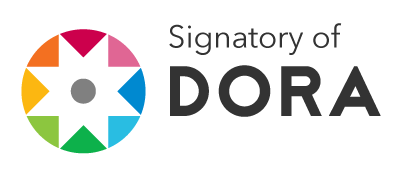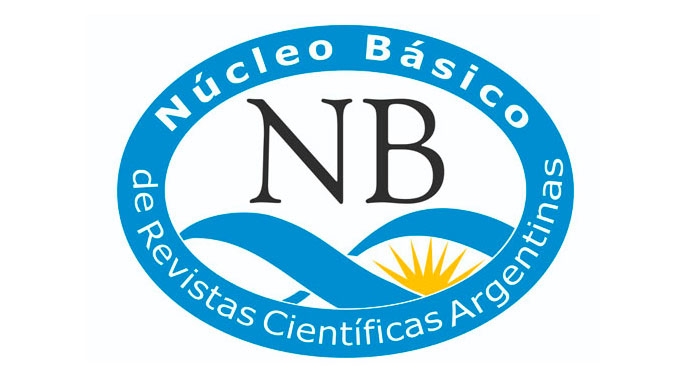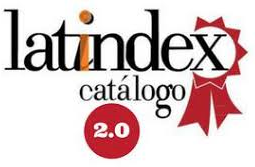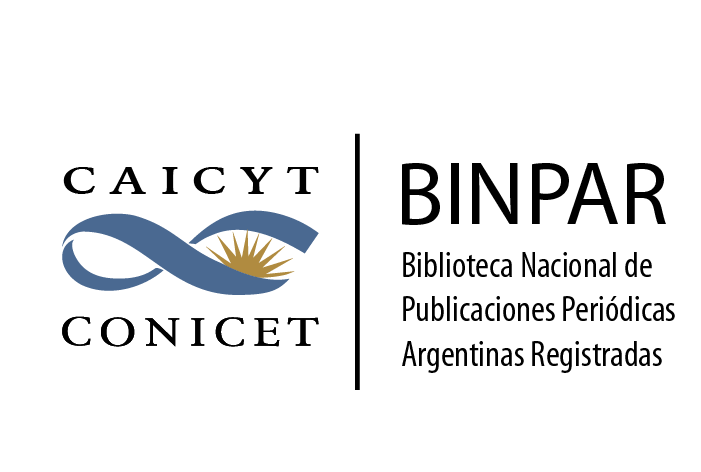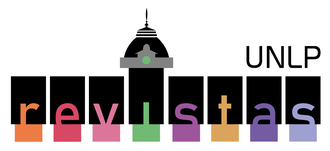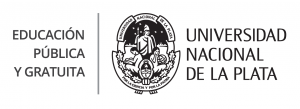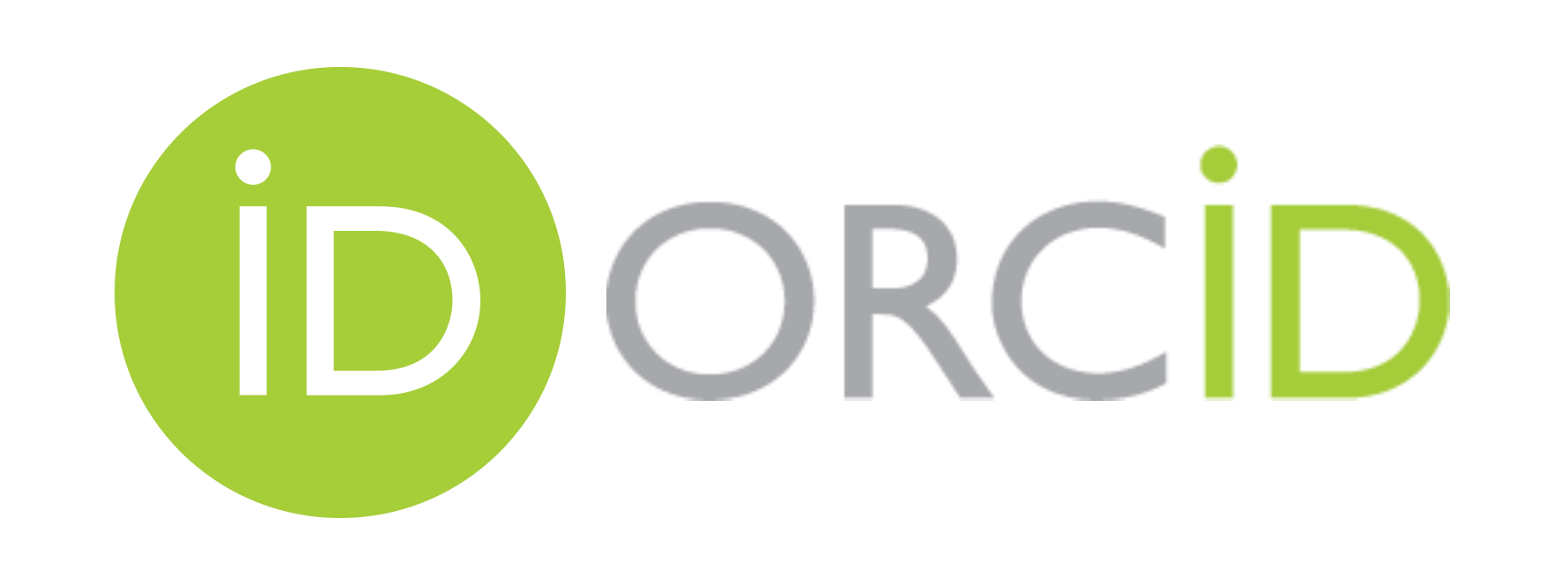Sanitary sovereignty for a full access to healthcare
DOI:
https://doi.org/10.24215/26183188e087Keywords:
health, sovereignty, health as a rightAbstract
The COVID-19 pandemic deepened debates around health policies and the great disparities in access to healthcare. In this article, we discuss the idea of sanitary sovereignty from four political dimensions on which the concept stands. These are the organization and funding of health practitioners; the orientation of scientific and technological research; the production of medicines and medical technology; and the academic formation of health professionals.
Downloads
Metrics
References
Alzugaray, R. A. (2008). Ramón Carrillo: El fundador del sanitarismo nacional. Colihue.
Blinder, D., Zubeldía, L. y Surtayeva, S. (2021). Pandemia, negocios y geopolítica: producción de vacunas en Argentina. En S. Colombo (Comp.), Desarrollo y Políticas de Ciencia, Tecnología e Innovación en un mundo en transformación: Reflexiones sobre la Argentina contemporánea (pp. 15-47). Universidad Nacional del Centro de la Provincia de Buenos Aires. https://ri.conicet.gov.ar/handle/11336/142010
Campins, M. y Pfeiffer, A. (2018). La industria farmacéutica argentina y su entorno socio-económico (1958-2010). Anuario Centro de Estudios Económicos de la Empresa y el Desarrollo, 9(9), 91-133.
Codner, D. G. y Perrotta, R. M. (2018). Blind Technology Transfer Process from Argentina. Journal of Technology Management & Innovation, 13(3), 47-53. https://doi.org/10.4067/S0718-27242018000300047
Castresana, L., Mejia, L. y Aznar, M. (2005). Actitud de los médicos frente a las prácticas de promoción de la industria farmacéutica. Medicina (Buenos Aires), 65, 247-251.
de la Puente, C. y de los Reyes, L. (2019). ¿Cuánto gasta Argentina en salud? Secretaría de Gobierno de Salud, Ministerio de Salud y Desarrollo Social.
Fonseca, M. (2022, mayo 19). Soberanía/s Episodio 04: Manuel Fonseca. Videos UNLP. https://www.youtube.com/watch?v=j05Ki8H-v7Q
Fundación Soberanía Sanitaria (2021). Sistema Nacional Integrado de Salud. Bases para la discusión.
González-Flores, P. y Luna de la Luz, V. (2019). La transformación de la educación médica en el último siglo: Innovaciones curriculares y didácticas (parte 1). Investigación en Educación Médica, 30(2), 95-109. https://doi.org/10.22201/facmed.20075057e.2019.30.18165
Haro Sly, M. J. y Liaudat, S. (2021). ¿Qué podemos aprender de China en política científica y tecnológica? Ciencia, Tecnología y Política, 4(6), 052. https://doi.org/10.24215/26183188e052
Inoue, K. y Stumpo, G. (Coords.) (2018). Explorando nuevos espacios de cooperación entre América Latina y el Caribe y China. CEPAL. http://hdl.handle.net/11362/43213
Ministerio de Economía, Secretaría de Política Económica (Febrero de 2022). Ficha sectorial de Industria Farmacéutica. Año 7 Nº60.
Rovere, M. R. (2006). Planificación estratégica de recursos humanos en salud. Organización Panamericana de la Salud.
Santos, G. y Thomas, H. (2018). Producción pública de medicamentos: Desafíos para una política estratégica en materia de salud. Ciencia, Tecnología y Política, 1(1), 007. https://doi.org/10.24215/26183188e007
Spinelli, H. (2022). Abraham Flexner: Trayectoria de vida de un educador. Salud Colectiva, 18, e4053. https://doi.org/10.18294/sc.2022.4053
Tobar, F. (2004). Políticas para la promoción del acceso a medicamentos: El caso del Programa Remediar de Argentina. Banco Interamericano de Desarrollo.
Published
How to Cite
Issue
Section
License
Copyright (c) 2022 Manuel Fonseca

This work is licensed under a Creative Commons Attribution-NonCommercial-ShareAlike 4.0 International License.
The authors whose texts are published in this Journal surrender their ownership rights in favour of the editor in a non exclusive manner, i.e. the authors can enter into other independent and additional contracts to publish their text, e.g. including it in an institutional repository, thematic or otherwise, publish it in a book, or others, as long as it is overtly stated that the work was first published in this Journal.
The responsibility for each published paper as regards its content relies exclusively on its authors, holding the editors harmless for any legal liabilities.
The texts of the Journal shall be published under the Creative Commons 4.0 BY-NC-SA license. Therefore, the editors are free to:
1) Share, copy and redistribute the material using any means or format.
2) Adapt, remix, transform and create from the material, under the following conditions:
a) Attribution — credit to this work must be given in an appropriate manner, providing a link to the license and indicating if changes have been made.
b) Non-Commercial Use — no use may be made of the published material for commercial purposes.
c) Share Equal — Authors remixing, transforming or creating from the material must distribute their contribution under the same license as the original.

